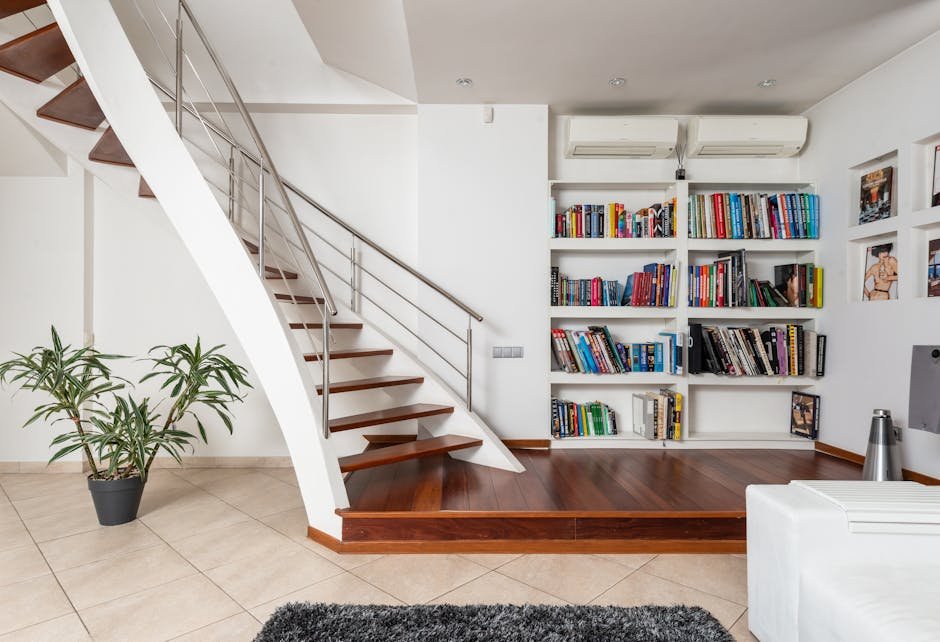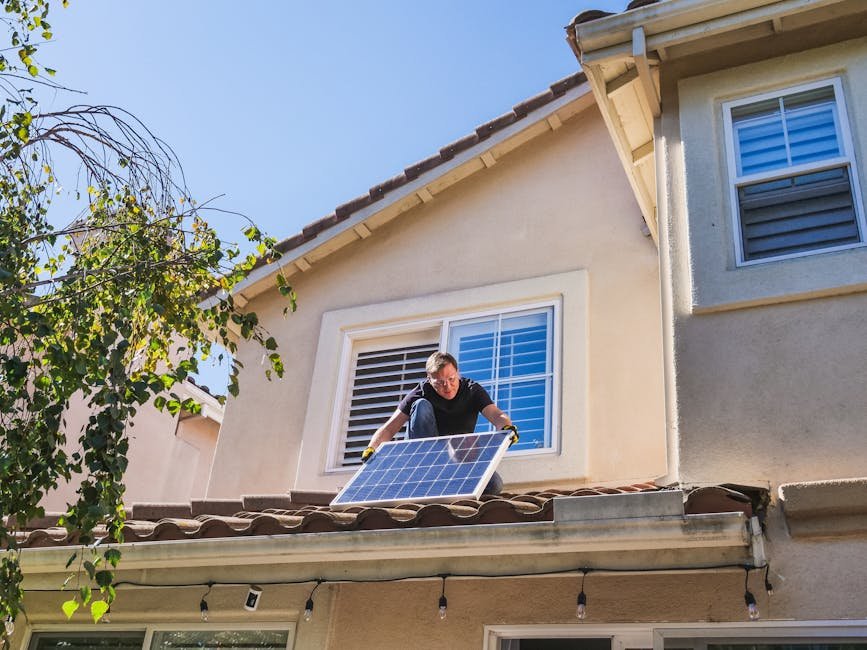Transform Your Home Office: Easy DIY Soundproofing Techniques
🛒 Shopping List
- Acoustic panels (€30–€100)
- Soundproofing curtains (€50–€150)
- Mass-loaded vinyl (€40–€100)
- Acoustic caulk (€10–€20)
- Soundproof foam tiles (€20–€60)
- Door sweeps (€5–€15)
- Weather stripping (€5–€20)
✅ Outcome
- Professional finish with safe anchoring.
- Beginner-friendly, clean tools list.

In today’s world, creating a quiet workspace is essential for productivity and focus. If you find yourself distracted by outside noise or the hustle and bustle of daily life, soundproofing your home office can make a significant difference. This tutorial will guide you through straightforward techniques to install soundproofing effectively. Whether you’re dealing with loud neighbors or just want to enhance your concentration, these DIY methods will help you achieve a serene environment in no time.
Overview
Soundproofing is the process of reducing or eliminating sound transmission from one space to another. In a home office, unwanted noise can disrupt your workflow and increase stress levels. By soundproofing, you not only enhance your concentration but also create a more pleasant working atmosphere. There are various alternatives available, from simple soundproofing curtains to more complex wall treatments. This guide will focus on easy, affordable techniques to achieve effective soundproofing without the need for professional help.
Materials
- Acoustic panels
- Soundproofing curtains
- Mass-loaded vinyl
- Acoustic caulk
- Soundproof foam tiles
- Door sweeps
- Weather stripping
Tools Needed
- Measuring tape
- Utility knife
- Drill
- Screwdriver
- Caulking gun
- Level
- Paintbrush (for applying caulk)
Preparation
Before diving into your soundproofing project, assess your home office space. Identify the main sources of noise—whether they are windows, doors, or thin walls. This initial evaluation will help you prioritize the areas that need the most attention. Also, take measurements of your walls, windows, and doors to ensure you purchase the right amount of materials. Lastly, ensure that your workspace is clean and clutter-free to facilitate the installation process.
Step-by-Step Instructions
- Measure your space Begin by measuring the dimensions of the walls, windows, and doors that will be treated. Use a measuring tape to ensure accuracy, and jot down your findings. This step is crucial as it determines how much material you need to buy. Double-check your measurements to avoid over- or under-buying materials. Accurate measurements will save you time and money in the long run.
- Select your soundproofing method Choose the soundproofing technique that best suits your needs and budget. For walls, consider using acoustic panels or mass-loaded vinyl for effective sound dampening. For windows, soundproof curtains can significantly reduce noise. If you have gaps under doors, installing door sweeps and weather stripping is an affordable solution. Each method has its pros and cons, but the key is to select the one that aligns with your specific noise problem.
- Install acoustic panels If you decide to use acoustic panels, start by determining the optimal placement on your walls. These panels should be installed at ear level for maximum effectiveness. Use a level to mark the desired position on the wall, then adhere the panels using adhesive strips or screws. Ensure they are securely fixed to minimize any chances of them falling off. Acoustic panels help absorb sound waves and reduce reflections, offering a more controlled acoustic environment.
- Hang soundproof curtains For windows, hanging soundproof curtains is an effective and stylish solution. Measure the width and height of your windows, then purchase curtains that are slightly wider and longer to ensure they cover the entire window area. Use a sturdy curtain rod and brackets for installation, ensuring the rod is mounted high enough to allow the curtains to drape elegantly. These curtains not only block sound but also add an aesthetic touch to your home office.
- Apply mass-loaded vinyl If you’re soundproofing walls, consider installing mass-loaded vinyl. This dense material effectively blocks sound transmission. Cut the vinyl to fit your wall measurements, and use adhesive or screws to attach it. Be meticulous about sealing edges with acoustic caulk to eliminate any gaps where sound could seep through. This method is particularly useful for spaces where you need significant soundproofing.
- Seal gaps with caulk After installing your soundproofing materials, check for any gaps or cracks around windows and doors. These can be significant sound leaks. Use acoustic caulk to seal these areas, applying it with a caulking gun for precision. Smooth the caulk with a paintbrush for a clean finish. This step is vital in creating an airtight seal, which is essential for effective soundproofing.
- Add door sweeps and weather stripping To further soundproof your office, install door sweeps on the bottom of your doors. This prevents sound from traveling under the door. Additionally, apply weather stripping around door frames to seal any gaps. This simple addition can greatly reduce noise infiltration. Ensure that the door opens and closes smoothly after installation, adjusting as necessary.
Tips & Techniques
Common Mistakes
- Not sealing all gaps—sound can easily travel through small openings.
- Choosing the wrong soundproofing materials for your specific needs—always assess your space first.
- Underestimating the importance of installation—proper installation ensures maximum effectiveness.
Safety Advice
- Always wear protective gear such as gloves and goggles when using tools.
- Ensure your workspace is well-ventilated, especially when using adhesives or caulk that may emit strong fumes.
- Be cautious with sharp tools like utility knives to avoid injuries.
FAQ
Q? How long will it take to soundproof my home office?

A.
The time required depends on the methods chosen and your experience level, but most projects can be completed within a day or two.

Q? Will these soundproofing techniques work for all types of noise?
A.
While these methods significantly reduce noise, some extremely loud or low-frequency sounds may still penetrate. Combining techniques often yields the best results.

